By Isabella DiCosmo, Fair Shake Legal Intern
We live in a loud world where noise is all around us. While there is noise we enjoy, like music, there is noise that can hurt us – noise pollution. National Geographic defines noise pollution as “any unwanted or disturbing sound that affects the health and well-being of humans and other organisms.” Common contributors of noise pollution are road traffic, planes, garbage trucks, construction, manufacturing processes, and leaf blowers. While we cannot see it, noise pollution has very real effects on human health and the environment.
In addition to the more obvious side effects, like hearing loss, noise pollution also contributes to the exacerbation of cardiovascular disease, type-2 diabetes, sleep disturbances, stress, mental health and cognition problems (like memory and attention deficits), and childhood learning delays. These harms compound in environmental justice communities. The Center for Disease Control and Prevention (CDC) uses the phrase “health disparities” to describe this occurrence. The CDC defines health disparities as “preventable differences in the burden of disease, injury, violence, or in opportunities to achieve optimal health experienced by socially disadvantaged racial, ethnic, and other population groups, and communities.”
As for the environment, noise pollution interferes with animals’ ability to use sound for purposes of communicating, navigating, finding food, attracting mates, and avoiding predators. Noise pollution harms animals both on land and in the sea by disrupting sonar and echolocation. Natural sounds (from biological sources as opposed to anthropological sources) have been found to reduce pain, lower stress, improve mood, and enhance cognitive performance.
While noise pollution poses a substantial threat to human health and the environment, the Environmental Protection Agency (EPA) charged with regulating it has been largely inactive under its Congressional authority to do so within the Noise Control Act of 1972 (NCA). Under the NCA, the EPA is given the authority to identify and regulate products that are “major sources” of noise. The NCA also leaves the primary responsibility of noise control to state and local governments, while recognizing that federal action is needed for major noise sources in commerce.
An advocacy organization recently filed a citizen suit against the EPA, asserting that the agency has failed to perform a variety of responsibilities Congress assigned to it under the NCA. These duties include the duties to review, revise, and supplement published noise criteria and published information on safe levels of environmental noise, identify and regulate major sources of noise, develop low-noise-emission products, designate products and promulgate labeling regulations, coordinate and consult regularly with federal agencies and report on their noise control programs, and assist state and local governments in developing effective noise control programs.
The suit relies on studies documenting noise pollution health risks. More updated noise pollution regulations will benefit the public, as they will be better protected against the harms noise pollution causes. Additionally, coming into compliance with new, updated regulations puts a burden on industry. Industry members, including manufacturers of products such as personal listening devices, outdoor power equipment, and transportation technologies, will have to pay the cost of compliance. For example, in the aircraft industry, the compliance costs to modify and retest airplane engines range from $1 million to $3 million per engine. However, the cost of noise pollution in the aircraft industry alone is about $72 million. The compliance cost seems like a small price to pay for the protection of people’s hearing and reduction of harms to the environment.








